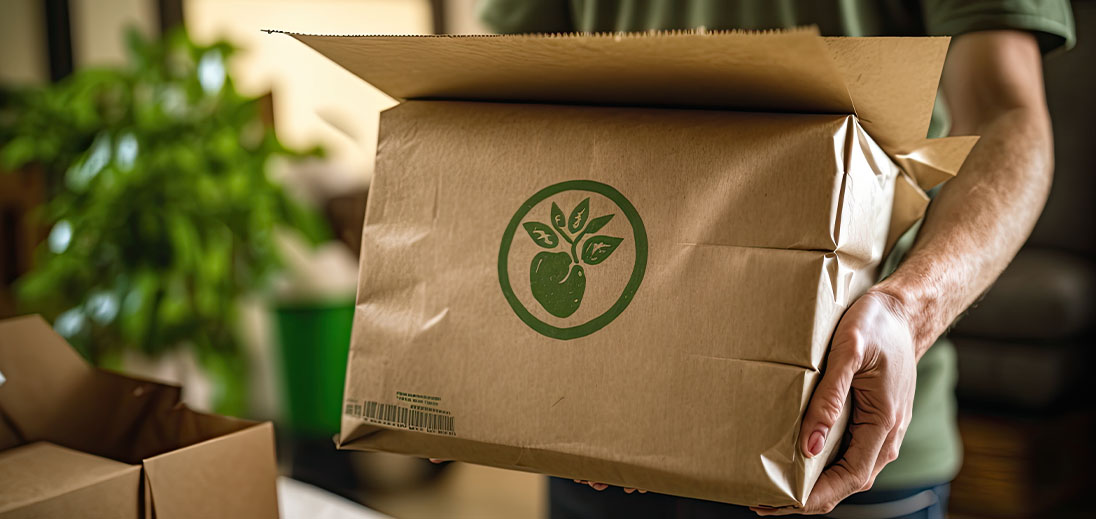In today’s world, where environmental concerns are becoming increasingly prominent, finding ways to minimize plastic use is essential. Especially in the printing industry, where traditional methods often involve plastic components, transitioning to eco-friendly practices can significantly impact the environment. This guide on how to print with zero plastic aims to provide insights and practical steps for individuals and businesses looking to adopt more sustainable printing practices.
How to print with zero plastic is not just a question; its a commitment to sustainability. Whether you are a business professional or an eco-conscious individual, understanding the alternatives and implementing them can lead to a more environmentally friendly world.

Understanding the Impact of Plastic in Printing
Plastic is ubiquitous in the printing industry. From packaging to ink cartridges, its presence is undeniable. However, the environmental impact of plastic cannot be ignored. It contributes to pollution, takes hundreds of years to decompose, and harms wildlife. As we delve into how to print with zero plastic, its crucial to understand these impacts and the necessity for change.
The Environmental Cost of Traditional Printing
Traditional printing methods rely heavily on plastic, from the packaging materials to the ink cartridges. These plastics often end up in landfills, where they take centuries to decompose. By adopting zero plastic printing, you can significantly reduce this environmental burden. For more insights on zero waste initiatives, visit zero waste publishing.
Why Choose Zero Plastic Printing?
Choosing to print with zero plastic not only benefits the environment but also enhances your brands image as a sustainable entity. It reflects a commitment to eco-friendly practices and can attract like-minded customers and clients.
Steps to Achieve Zero Plastic Printing
Transitioning to zero plastic printing requires thoughtful planning and execution. Here are some steps to guide you:
Use Recycled Paper
One of the simplest steps is using recycled paper. It reduces the demand for new paper production, which often involves plastic products in packaging. Recycled paper is readily available and performs just as well as new paper. For more information on eco-friendly supplies, check out eco-friendly supplies.
Opt for Plant-Based Inks
Traditional inks often contain plastic-based components. Plant-based inks, derived from natural sources like soy or vegetable oils, provide an eco-friendly alternative. They are biodegradable and less harmful to the environment.
Invest in Reusable Cartridges
Most ink cartridges are made of plastic and discarded after a single use. Switching to reusable cartridges can drastically reduce plastic waste. These cartridges can be refilled and reused multiple times, minimizing the need for new plastic.
Select Sustainable Packaging
Packaging is another area where plastic is prevalent. Opt for biodegradable or recyclable packaging materials. This not only reduces plastic use but also promotes a sustainable image. For more on sustainable packaging, visit sustainable packaging.
Benefits of Zero Plastic Printing
Adopting zero plastic printing offers numerous benefits:
Environmental Benefits
Reducing plastic waste helps conserve resources and reduce pollution. It also protects wildlife from plastic-related harm.
Economic Advantages
Though initial investments might be higher, zero plastic printing can lead to cost savings in the long run through reduced material and disposal costs.
Enhanced Brand Image
Brands that commit to sustainability gain a competitive edge. Customers are increasingly drawn to companies that demonstrate environmental responsibility.
Challenges in Transitioning to Zero Plastic Printing
Despite the benefits, transitioning to zero plastic printing can pose certain challenges:
Initial Costs
The upfront cost of switching to eco-friendly materials and equipment can be high. However, these costs are often offset by long-term savings and environmental benefits.
Availability of Resources
Finding suppliers for eco-friendly materials can be challenging. Building a reliable network of suppliers is crucial to ensure a consistent supply of sustainable materials.
Overcoming the Challenges
Overcoming these challenges requires strategic planning and commitment:
Partner with Eco-Friendly Suppliers
Building relationships with suppliers who specialize in sustainable materials ensures a steady supply of eco-friendly products. Explore various certifications that can guide your choice in suppliers, as mentioned in green certifications.
Educate and Train Staff
Training employees on sustainable practices is essential for a smooth transition. Educated staff can help identify areas for improvement and contribute to eco-friendly initiatives.
Future of Zero Plastic Printing
The future of printing is undoubtedly leaning towards sustainability. As technology advances, more eco-friendly solutions will become available, making it easier for businesses to adopt zero plastic practices.
Innovation in Printing Technology
Continuous innovation in printing technology is paving the way for more sustainable solutions. From 3D printing with biodegradable materials to new ink formulations, the future holds exciting possibilities.
Consumer Demand
As consumer awareness of environmental issues grows, the demand for sustainable products and practices will increase. Businesses that adapt to these changes will not only thrive but also contribute to a healthier planet.
Conclusion
Embracing zero plastic printing is more than just an environmental choice; it’s a strategic business decision. By reducing plastic use, businesses can lower their environmental impact, cut costs, and enhance their brand image. As we move towards a more sustainable future, the steps outlined in this guide on how to print with zero plastic will help you lead the way.

FAQs
What is zero plastic printing?
Zero plastic printing refers to eliminating the use of plastic in all printing processes, including materials and packaging, to reduce environmental impact.
Is zero plastic printing cost-effective?
While the initial investment may be higher, zero plastic printing can lead to long-term savings through reduced material and disposal costs.
How can I start zero plastic printing?
Begin by using recycled paper, plant-based inks, and reusable cartridges. Partner with eco-friendly suppliers and educate your staff on sustainable practices.
This article contains affiliate links. We may earn a commission at no extra cost to you.







